Why Isnt Apple Watch Continuously Measuring My Heart Rate
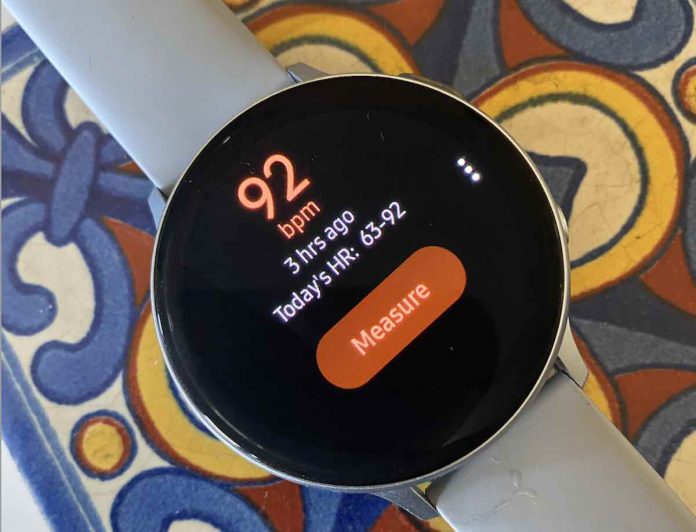
Heart rate monitoring is one of the most sought-after features in smartwatches today. The best-selling Samsung Galaxy Watch and the Apple Watch provide users with the ability to measure and monitor their heart rate.
However, there are some differences in continuous heart rate monitoring in these two top-of-the-line smartwatches.
This article explores heart rate monitoring as it pertains to the Samsung Galaxy Watch and the Apple Watch and highlights their differences.
Related reading:
- Samsung Galaxy Watch not recording heart rate? Tips to fix it
- Samsung Galaxy Watch's Blood Pressure monitoring as an aid for Parkinson's disease
- Apple Watch guide to understand and use Heart Rate Variability (HRV)
- How to check Recovery heart rate on your Apple Watch and why it needs your attention
- Cardiologs AI platform + Apple Watch heart data for better cardiac health detection
Can Samsung Galaxy Watch assist with continuous heart rate monitoring?
The simple answer is yes.
Samsung's Galaxy Watch models 2 and above both provide users with the ability to set up their watches to monitor heart rate continuously.
Unlike the Apple Watch, the Samsung Galaxy Watch allows users to choose between a few preselections that determine the heart rate sampling frequency.
How to set up Continuous Heart Rate monitoring on Samsung Galaxy Watch?
Setting up continuous heart rate monitoring on your Samsung Galaxy Watch is easy and straightforward. Here are the steps that you can use to set this up.
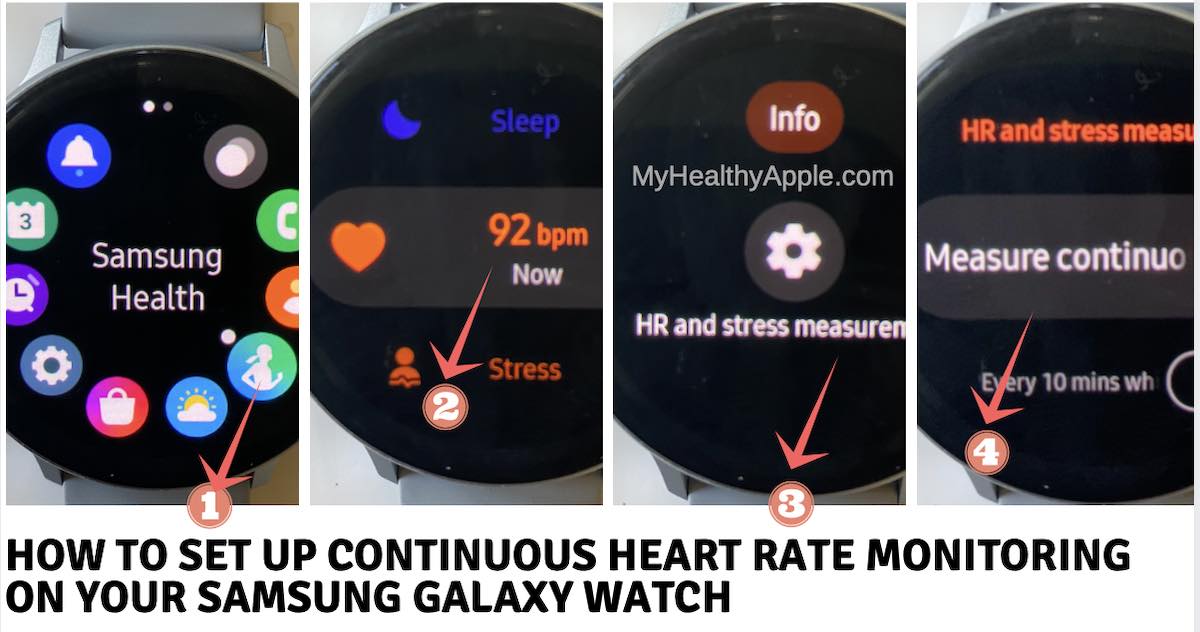
First, tap on the Power button on your Galaxy Watch to launch the app selection screen.
- Tap on Samsung Health app.
- Scroll down on the health screen and choose Heart Ratefeature.
- Scroll to the bottom of this screen and tap on HR and Stress Management.
- Enable Measure continuously on this screen
The other options that are available to you on this screen are measuring heart rate every 10 mins or "measure manually."
When you start a manual activity on the watch in Samsung Health in parallel, heart rate monitoring is automatically set as continuous during your workout.
If you are using your Samsung Galaxy Watch while exercising on a stationary bike such as Zwift, you can broadcast your heart rate from your Samsung Watch to Zwift over Bluetooth since the watch does not have the ANT+.
Check out the BIPR HR and Speed Transmitter app to integrate your Heart rate with Zwift.
Heart rate monitoring frequency and method on the Apple Watch
The Apple Watch turns on the heart rate sensor every five minutes by default.
This default behavior is overruled when users are working out using the Workout app on their Apple Watch.
Your Apple Watch measures your heart rate continuously during the workout and for 3 minutes following the workout to evaluate your recovery rate.
Enable wrist detection for your Apple Watch
An important setting that influences this background heart rate monitoring is called "Wrist detection."
Background heart rate readings won't be taken if the 'Wrist detection' setting is turned OFF.
To check this setting for your Apple Watch, start by launching the Watch app on your iPhone.
- Tap on the My Watch tab at the bottom of the screen.
- Scroll down and tap on Passcode.
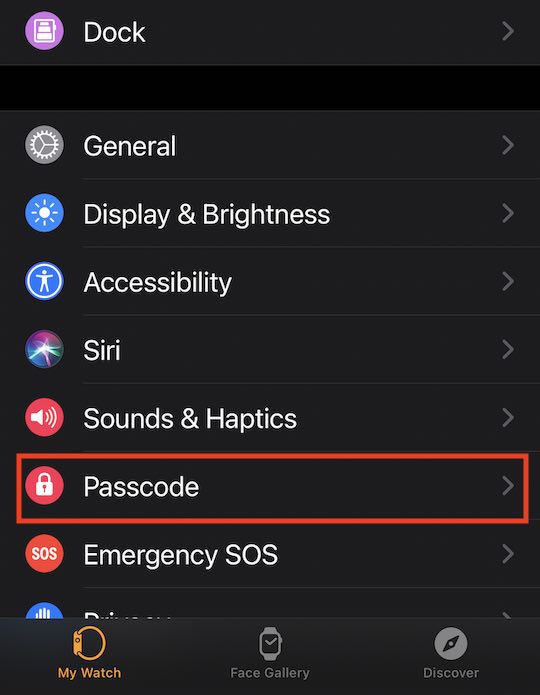
- Make sure you turn onWrist Detection.
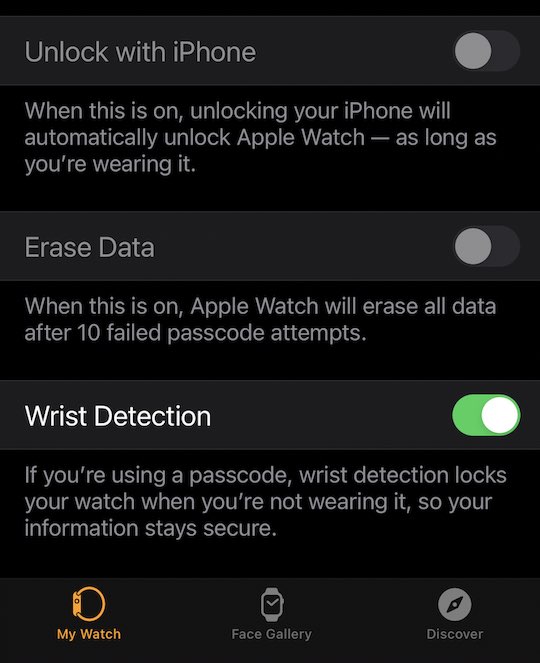
Can you use Continuous Heart Rate monitoring on the Apple Watch?
If you define continuous heart rate monitoring with frequency intervals of less than three minutes, then Apple Watch does not provide any settings or features that offer continuous heart rate measurement.
The only time your Apple Watch measures your heart rate continuously is when you are working out using the Workout app.
However, there are third-party apps that you can leverage to get a much higher frequency for your heart rate readings.
The app Cardiogram on Apple Watch is an app that users can use to set up continuous heart rate monitoring on their Apple Watch.
The app helps users get their heart rate readings every 5 seconds as opposed to the default 5 minutes (background).
By leveraging the "Continuous Recording" feature on the Cardiogram app, you can set up continuous monitoring on your Apple Watch.
Why measure your heart rate continuously?
Is there a big difference between Apple's 5-minute heart rate reading interval and Samsung's continuously measure heart rate feature?
The answer to that question lies in the context of what you are trying to establish with the heart rate measurements.
If you are doing HIIT training or a cardio workout, keeping track of your heart rate at short intervals makes good sense.
However, if you are going about your day at work, a continuous seconds-based sampling frequency does not make sense for most healthy people.
Your heart rate can change based on different things.
Not only does your heart rate change in response to the demands of your muscles during your workout, but also it can show changes when you experience different emotions and stress levels.
For example, excitement can raise your heart rate. In general, negative emotions increase your heart rate and decrease your heart rate variability (HRV).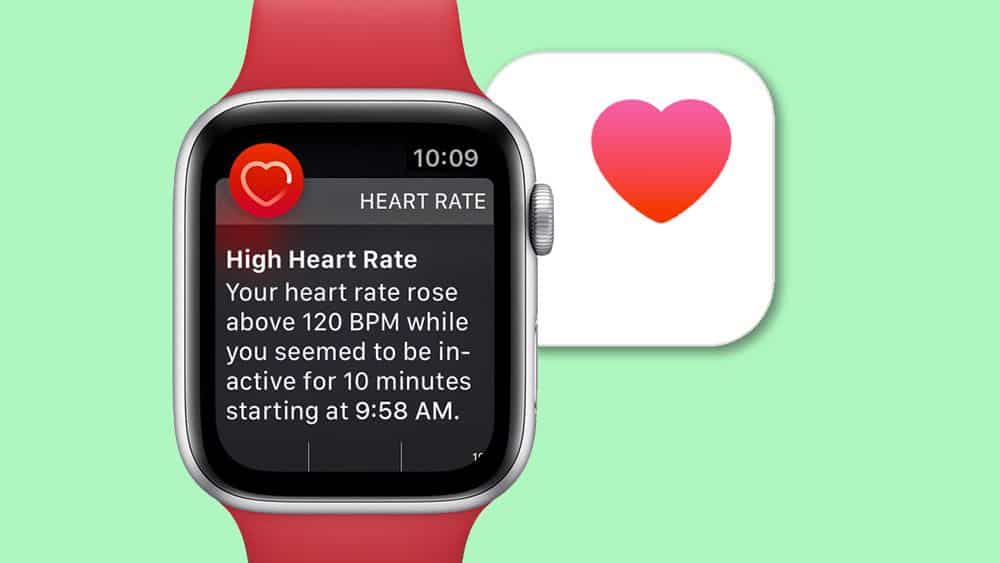
If your choice of physical activity during the day includes minimal wrist movements, like when you are cleaning in your house, carrying groceries, or going on a stroll, your overall activity can be easily tracked by the default options provided by the Apple Watch or even the 10-minute interval of the Samsung Galaxy Watch.
You do not need a higher sampling frequency for your heart rate.
Devices known to have a higher degree of heart rate measurement accuracy, such as the Polar chest heart rate monitor, include a concept known as "timed measurements."
The timed measurement on the Polar heart rate monitors checks your heart rate at regular intervals, and only when your heart rate is elevated during the check, the feature starts to track your heart rate continuously.
Continuous tracking gets disabled when your activity levels drop.
Continuous Heart Rate Monitoring and smartwatch battery life
There has always been a huge debate around the battery power consumption of the heart rate monitoring feature in the smartwatch world.
The central belief is that your smartwatch's battery drains faster when you use heart rate monitoring.
This is true to some extent.
In the earlier smartwatch and chest heart rate monitors made by manufacturers, this was a big problem.
Having continuous heart rate monitoring would drain your battery, but the newer smartwatches have taken advantage of optimized algorithms to tackle this problem.
For example, when using my Samsung Galaxy Watch Active 2, I get close to 5 days of battery life with an always-on heart rate setting versus6 days with the 10 min interval setting.
This difference is even lower in the newer Galaxy Watch 3 models.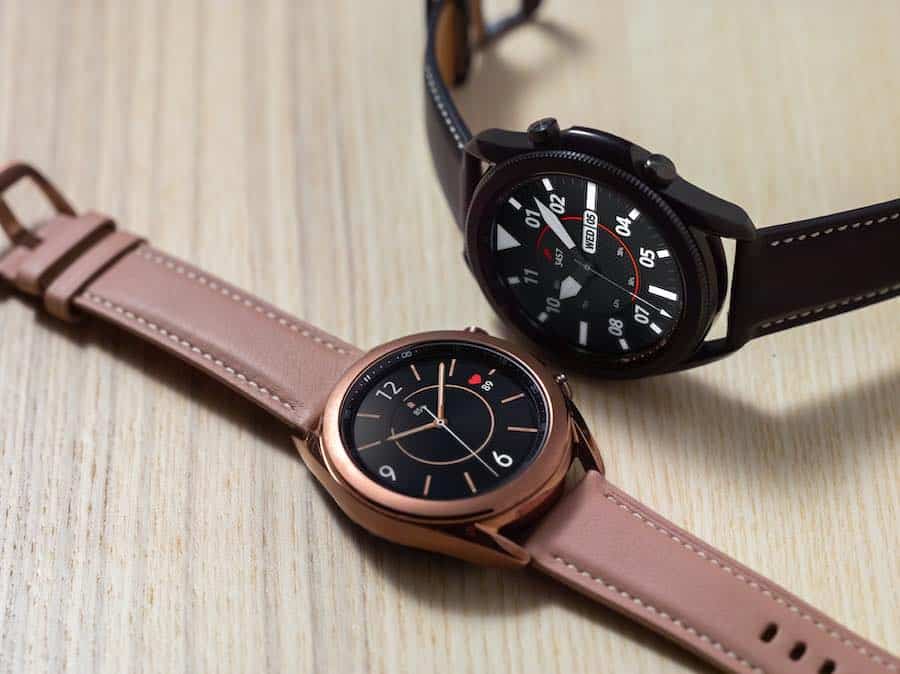
The same is true with Polar heart rate monitors.
On the older Fossil Gen 5 smartwatch running on wearOS, the HR sampling interval can be more sensitive to battery drain.
This is true if you have configured your Fossil Gen 5 to use Cardiogram instead of Google Fit.
For all practical purposes, the sampling frequency of 5-10 minute intervals is good enough for collecting heart rate information when you are inactive.
If you are looking forward to buying an Apple Watch or the latest Samsung Galaxy Watch, please note that both of these products are great and support 24/7 heart rate monitoring with ECG features.
Furthermore, you get continuous heart rate monitoring when you are using these smartwatches to work out.
Apple Watch used to be the only product that featured Afib detection, but that has changed now.
Samsung Galaxy Watch users now have the option that can detect Afib or normal sinus rhythm.
That being said, it is important to understand that not all Afib detection events are displayed on your smartwatch. A recent study by the Cleveland Clinic found that
"Apple Watch display only picked up 41% of AFib occurrences in hospitalized patients. Additional waveform PDF detected 98% of occurrences."
This study was, however, done on the Apple Watch Series 4. Apple has since then enhanced its ECG algorithms and obtained FDA approvals for the same.
However, the Samsung features require you to have a Samsung phone with Samsung's Health monitor installed to use the ECG functionality, which can be a problem for some users.
Final thoughts
As of writing, Samsung Galaxy Watches still do not provide HRV (Heart Rate Variability) information by default.
If you are planning on using HRV stats to keep track of your exercise strain and recovery scores, that could be a challenge. On the other hand, the Samsung Galaxy Watch can read your blood pressure accurately once calibrated using pulse travel times.
We hope that you found this information useful and informative. Please let us know if you have any questions. If you would like to share a tip or two regarding heart rate measurements on your smartwatch, let us know.
We sometimes use affiliate links in our content from Amazon and others. It doesn't cost you anything but helps us pay our expenses. Thank you for the support! Last update on 2022-10-22 / Affiliate links / Images from Amazon Product Advertising API
Source: https://www.myhealthyapple.com/continuous-heart-rate-monitoring-on-samsung-galaxy-watch-vs-apple-watch/